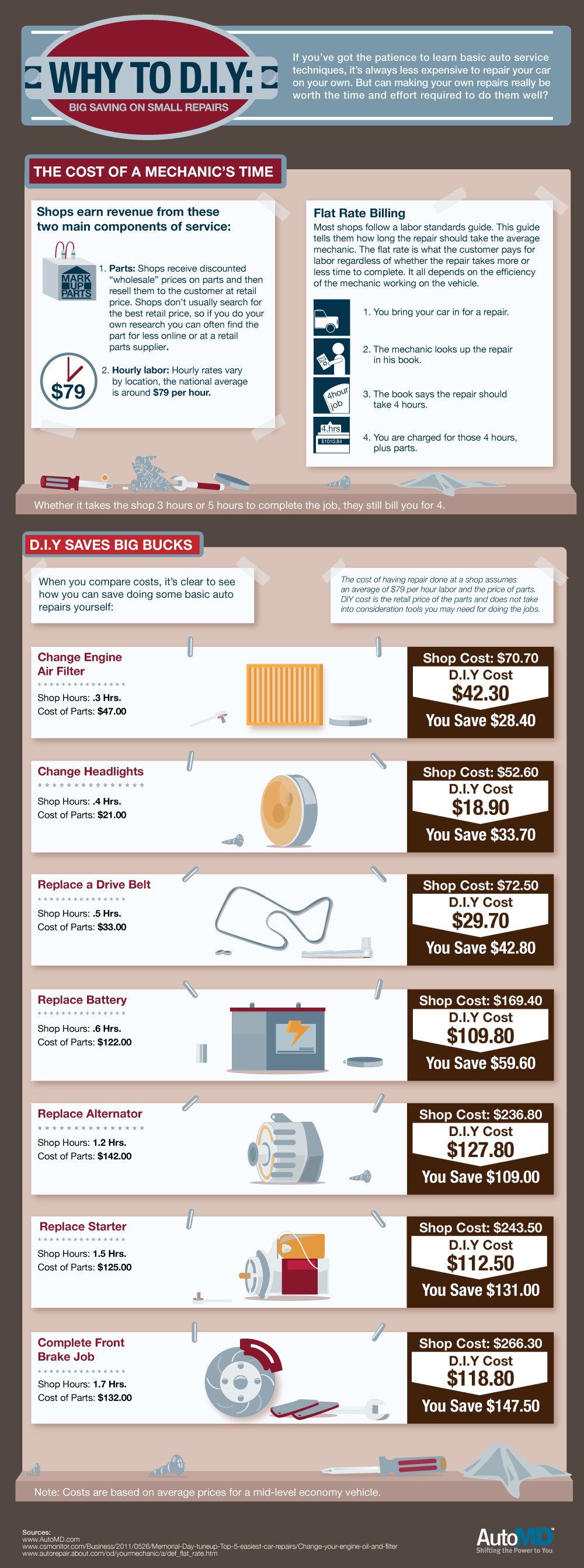Understanding Your Cars And Truck'S Warning Lighting: What Do They Actually Mean?
Understanding Your Cars And Truck'S Warning Lighting: What Do They Actually Mean?
Blog Article
Produced By-Boye Torres
When you're behind the wheel, those radiant caution lights on your dashboard can be a bit difficult. Do you understand what they're trying to inform you about your cars and truck's health and wellness? Recognizing the significance of these lights is important for your safety and the long life of your car. So, the next time among those lights appears, wouldn't you wish to decode its message properly and take the essential actions to resolve it?
Common Warning Lighting and Interpretations
Determine typical caution lights in your car and understand their definitions to make certain safe driving.
The most typical warning lights include the check engine light, which indicates concerns with the engine or emissions system. If this light begins, it's vital to have your vehicle examined promptly.
The oil stress alerting light indicates reduced oil pressure, requiring instant focus to stop engine damage.
A blinking battery light may suggest a faulty charging system, possibly leaving you stranded if not attended to.
The tire pressure tracking system (TPMS) light notifies you to low tire pressure, impacting automobile stability and fuel performance. Disregarding this can cause risky driving problems.
The abdominal muscle light suggests an issue with the anti-lock stopping system, compromising your capacity to quit rapidly in emergencies.
Lastly, the coolant temperature cautioning light warns of engine overheating, which can result in extreme damages otherwise fixed quickly.
Comprehending https://wtop.com/montgomery-county/2022/04/gaithersburg-auto-shop-destroyed-in-saturday-fire/ will certainly assist you deal with issues immediately and preserve risk-free driving conditions.
Importance of Prompt Interest
Comprehending the common caution lights in your car is only the first step; the significance of without delay resolving these cautions can not be emphasized enough to guarantee your security on the road.
When a warning light illuminates on your control panel, it's your car's means of communicating a potential concern that requires attention. Disregarding these cautions can cause extra extreme issues in the future, compromising your safety and potentially costing you much more in repairs.
Prompt interest to alerting lights can stop failures and crashes. As an example, a blinking check engine light can show a misfire that, if left ignored, might cause damages to the catalytic converter. Addressing this without delay can conserve you from a costly repair service.
Likewise, a brake system alerting light might signal reduced brake liquid or worn brake pads, crucial elements for your safety when driving.
Do It Yourself Troubleshooting Tips
If you notice a warning light on your control panel, there are a few do it yourself troubleshooting ideas you can attempt prior to seeking professional aid.
The first step is to consult your vehicle's manual to understand what the particular warning light shows. Occasionally the problem can be as basic as a loosened gas cap causing the check engine light. Tightening up the gas cap may settle the problem.
An additional usual problem is a low battery, which can activate various advising lights. Examining the battery connections for rust and guaranteeing they're safe and secure might fix the problem.
If a warning light continues, you can try resetting it by separating the automobile's battery for a few mins and then reconnecting it. Additionally, inspecting https://archerzskdw.fare-blog.com/30066909/the-all-inclusive-guide-to-vehicle-outlining-materials-essential-tips-for-every-beginner , such as oil, coolant, and brake liquid, can assist troubleshoot warning lights connected to these systems.
Verdict
To conclude, comprehending your vehicle's caution lights is important for maintaining your vehicle running smoothly and safely. By without delay attending to these signals and knowing what they imply, you can prevent pricey repair work and prospective malfunctions.
Bear in mind to consult your vehicle's manual for specific details on each cautioning light and act appropriately to make certain a hassle-free driving experience.
Keep informed, remain safe when traveling!
